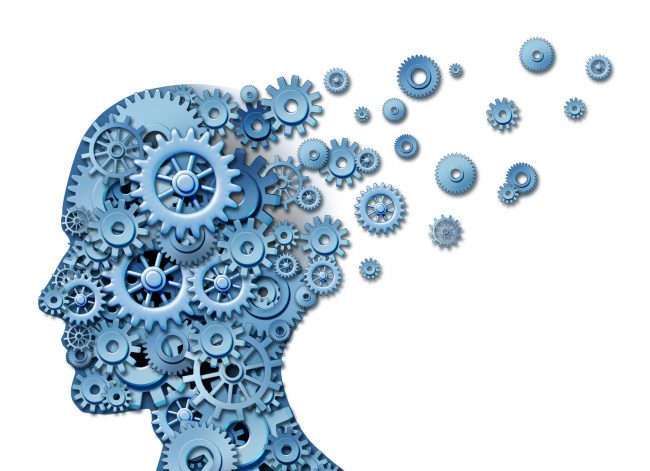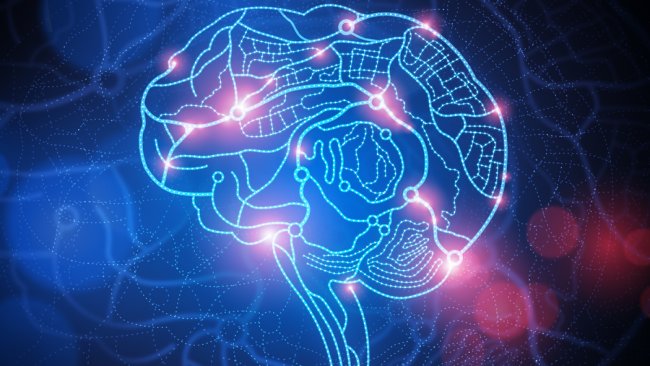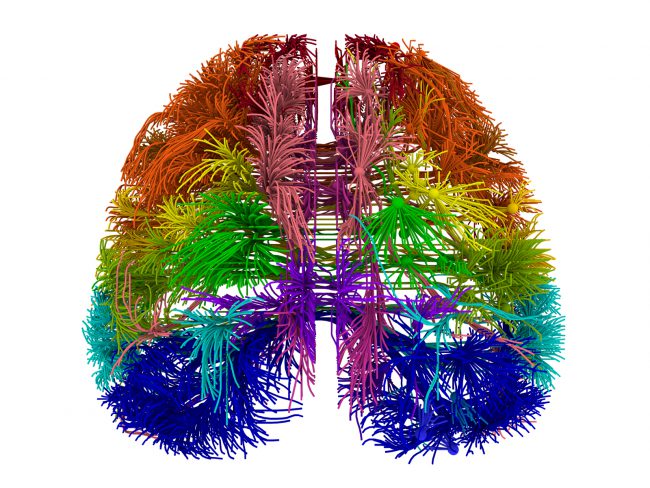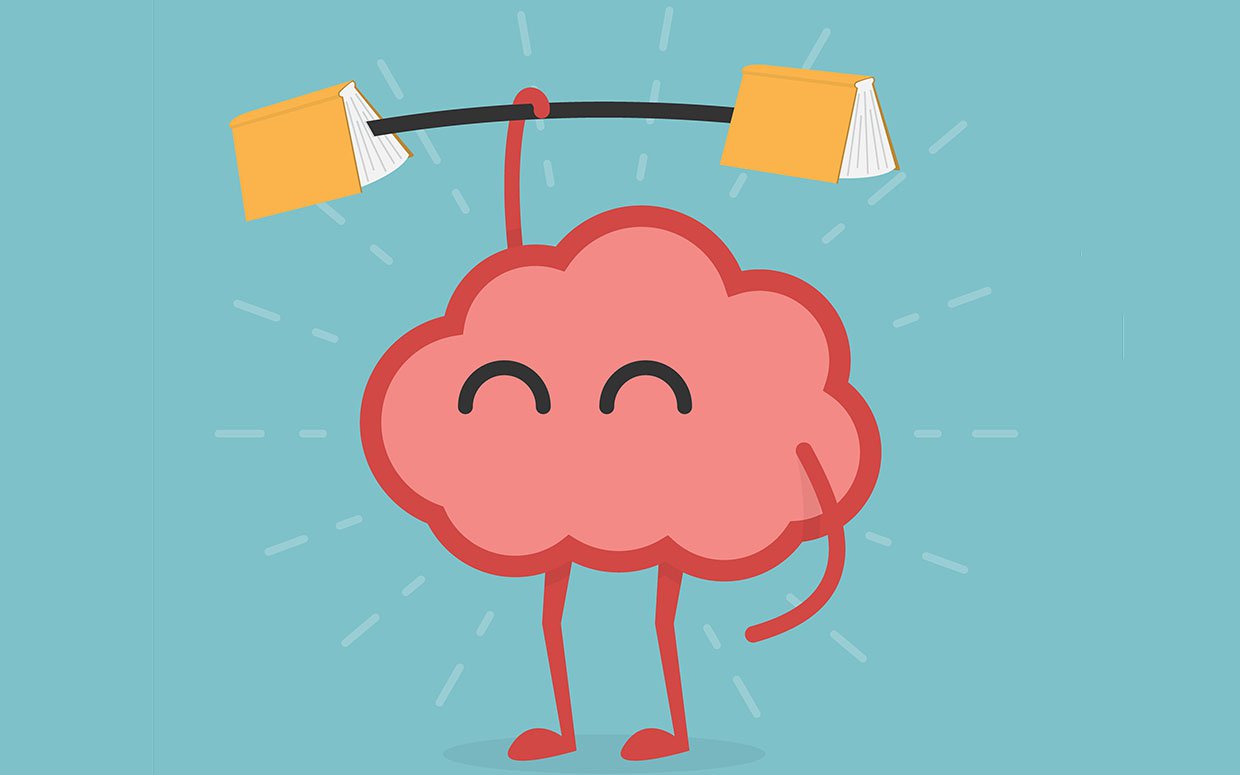
With an Arsenal of
The results should be known in a very short period of time — 15 days.
If your first reaction was surprise you are not alone. What it is: the Lazarus effect, Frankenstein, Walking dead? Or maybe some kind of viral campaign for an upcoming horror movie?
Not quite. Bioquark task — nothing less than to cheat death. This will be addressed within the framework of an incredibly ambitious project ReAnima. Let’s see how it will flow.
This amazing word: death
Most often we visualize death in the form of a switch: here you are, and in a minute there is nothing, light went out.
But it’s just a caricature of the process of dying: even after stop of heartbeat and respiration, sparks of brain activity can erupt long. In some cases, even deeply comatose patients unable to breathe on their own — can support simple reflex reaction. Their brain waves, chaotic or weak, still monitored on EEG.
Brain death, in contrast, is all finish. Such a diagnosis indicates a complete and irreversible destruction of the brain, including the brain stem. People with a dead brain is not in a coma or in a vegetative state. They have no hope of spontaneous recovery. They’re dead.
In many countries around the world klassificeret such subjects as «the living dead» (cadavers), says Ira Pastor, CEO of Bioquark (to avoid confusion, it is a man). But such a definition there is a problem.
In the theory of brain death is very objective and
In practice, brain death is not so simple. The pastor says that there is a large «gray zone» between deep coma and brain death. One of the reasons the «irreversibility» of such a death is the dependence on technology. For many centuries the absence of breathing and pulse were signs of death, but the invention of machinery that supports life and methods of resuscitation have blurred that line.

Given this historical precedent, how can you talk about the irreversibility of brain death?
Although brain death may seem kind of savvy medical definition of death, for the first time its criteria were formed in the late
The process of diagnosing brain death are extremely
Although the basis of brain death is the irreversible, it cannot be measured, the Pastor says. In rare cases, doctors make mistakes. Over the past few decades, there were several dozens of cases of spontaneous «resurrection» of patients with
«And though these cases are contradictory and are the result of bad diagnosis, we believe that they underscore the lack of black and white in the sphere of serious violations of consciousness," says the Pastor. This is the main incentive of scientists to carry out this niche of programs.
Tools Lazarus
How to make a dead brain?
The subjects in our study suffered from severe and extensive death of neurons, explains the Pastor. The integrity of axons — long projections that neurons use to communicate with each other — splits and conventional signal processing is no longer working.
Alternatively, you can try to save what’s left, as if to fix the broken headphones, bandaging the remaining wire. But any attempt to restore dead brain will probably require spare parts —
Bioquark will do so, and others.
The «secret sauce» of the team represented a combination of bioactive molecules and mesenchymal stem cells (MSC). MSC are present in almost all tissues and are used in therapy with the replacement cell for ten years. Although people such tests have not been conducted, preliminary studies of rodents with traumatic brain injury showed that the transplanted MSC are integrated in the brain and help to improve the recovery of motor and cognitive systems.
Studying the extreme stage of brain death, the Pastor and scientists hope to find unique information on the work of a dying brain. Transplantation of stem cells is nothing new, but Bioquark wants to go a step further: armed with bioactive molecules, the researchers hope to establish a microenvironment in the brain that contribute to «epimorfosi regeneration, the process of sprouting the missing part of the body.

When an adult person receives a physical injury, for example, loses a finger, our body reacts by forming scar tissue. The default response is healing, not regeneration. But during early embryonic development, tissue damage causes by a massive and highly coordinated response that keeps the body from inflammation and scarring. Instead of receiving a nasty scar, the human fetus is able to restore the lost tissue, like flatworms can regenerate severed heads (and maybe even to keep memories from the previous head!).
A large part of this process includes the involvement of a huge number of local cells that help tissues to recover. And not only stem cells. In many cases of adult cells lose their identity and are returned to the state of stem cells. Thus, the body «recycles» these cells to support tissue regeneration.
This process naturally occurs in the body of the fetus, the Pastor says. Why not take and not to imitate this process, causing the adult human brain to abandon the rumen in favor of regeneration? Bioquark previous study revealed that the recovery process depends on the bioactive molecules that can be extracted from the eggs of amphibians.
The extracted bioactive components, mainly microRNAs and proteins that can reprogram damaged cells in the condition of stem cells, scientists wrote in the patent 2014. Stem cells are even a few secondary players. There are concerns that their role may be exaggerated, says the Pastor. They also put more stress on the morphogenetic extracts. However, relatively little work has been published on the topic of leading chemical extract of the mixture of bioactive molecules with an exotic name
The problem is that such models a bit, and they are all far from each other, and some are exotic, like the poisoning of pigs by carbon monoxide, explains the Pastor. «We stay away from such models and instead focused on models of traumatic brain injury and spinal cord injury in the preliminary research.»
The first thing scientists will check the strength of these extracts, could they restart the human brain. The pastor emphasizes that the study is intended to show the basic function of the brain stem after treatment — electric whisper here, a cloud there, a neurotransmitter.
In addition to therapy using cells, Bioquark also plans to use methods to stimulate the brain to enable
Why use so many different methods? Well, Bioquark wants to know right away what works and what doesn’t.
The pastor sees two big drawbacks in the current models of treatment and prevention of disease. First, they largely focus on the treatment of advanced symptoms, not root causes. Second, often used approach for information of any disease to a single cause, and as a result, one drug.
«Epimorpha regeneration by its nature is
ReAnimation

«While a full recovery is really the subject of our
But if the treatment works, we may be faced with a thorny philosophical question about personal identity. Says a bioethicist Dr. Anders Sandberg, «it is easy to imagine that such treatment cannot fully restore the brain: memories, identity and function can be lost, closed or replaced with newly grown tissue».
In this case, the person clearly will not benefit from the treatment, it will be replaced by someone similar, but others. And yet this is the scenario for the distant future that may not happen. In the end, the proposed methods of treatment are experimental and regenerative capacity of the brain may be excessively limited.
But the Pastor sees the value in their endeavors, even if they fail.
«It goes without saying that this is an untapped area of discovery and development. Even if you look at the broader class of «disorders of consciousness», then this an area in which practically there are no interventional studies," says the Pastor. This is especially evident when considering more «traditional» in neurodegenerative disorders, like Alzheimer’s or Parkinson’s.
«We believe that any research in this vein will be invaluable for all of these diseases," he says. Lazarus or Frankenstein?
Source: http://allcompanies.website/2016/06/02/is-it-possible-to-revive-a-dead-brain/


